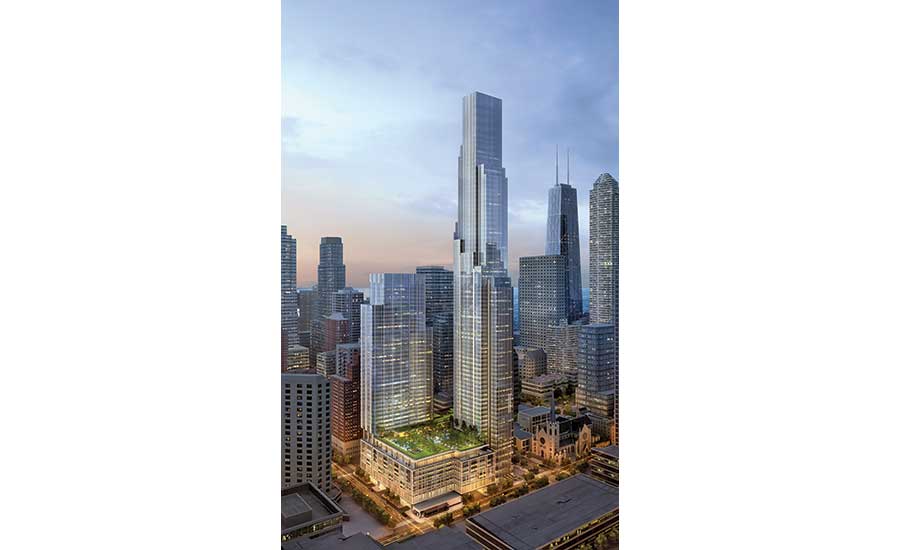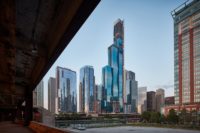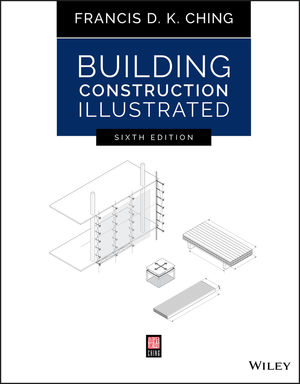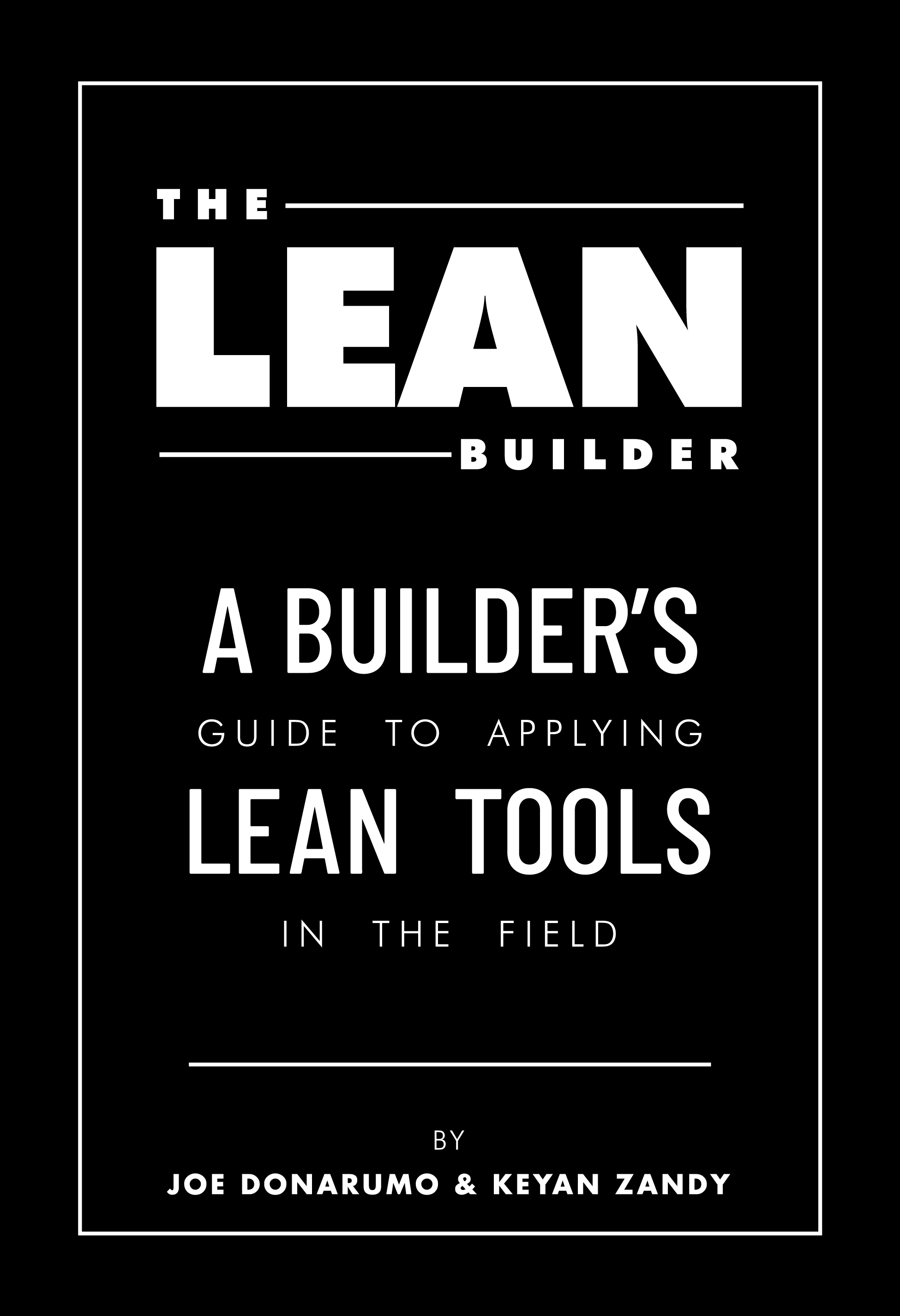The Chicago Plan Commission on Jan. 18 approved a $700-million development that, as presented, would include the city’s sixth-tallest building.
Slated to replace a parking lot across from Holy Name Cathedral at the corner of State Street and Chicago Avenue, JDL Development’s mixed-use project calls for a pair of towers—one 49 stories, the other 76 stories—over a shared podium. After some post-unveiling changes, the taller, now-thinner tower is planned to top out at 1,011 ft, which, when built, would make it the eighth Chicago skyscraper to exceed the 984-ft “supertall” classification.
Created by Chicago’s Goettsch Partners and Hartshorne Plunkard Architecture, the design has changed since its debut at a public meeting in October: It now includes a height increase for the shorter tower and minor tweaks to the building’s podium and upper setbacks. Ron Klemencic, CEO and chairman of structural engineer Magnusson Klemencic Associates, noted that the taller tower will have two mass dampers; further, in its basement, the whole development will use a secant-pile shoring system to secure a site near the Chicago Transit Authority’s Red Line subway. Klemencic said the concrete in the taller tower likely will have the highest modulus of elasticity of any Chicago tower.
“The most unusual part of that design is that we’re using very high-strength concrete, not so much for its strength but for its modulus of elasticity,” Klemencic says. “We need the stiffness. We’re specifying what is, in my experience, the highest modulus of elasticity in Chicago. It’s 7,000-KSI modulus.”
Chicago-based JDL hopes to break ground by the end of the year on what will be the largest project in company history.
“We’re happy with the approval,” says Jim Letchinger, president and founder. “There were some changes the city made to lanes on Chicago Avenue to ease traffic concerns, but nothing in the actual project changed from what we brought to the planning commission.”
Alderman Brian Hopkins, whose ward includes the One Chicago Square site, said the transit improvement program will eliminate some street parking to free up lanes for better traffic flow as well as finance a plan to widen the Chicago Avenue bridge.








